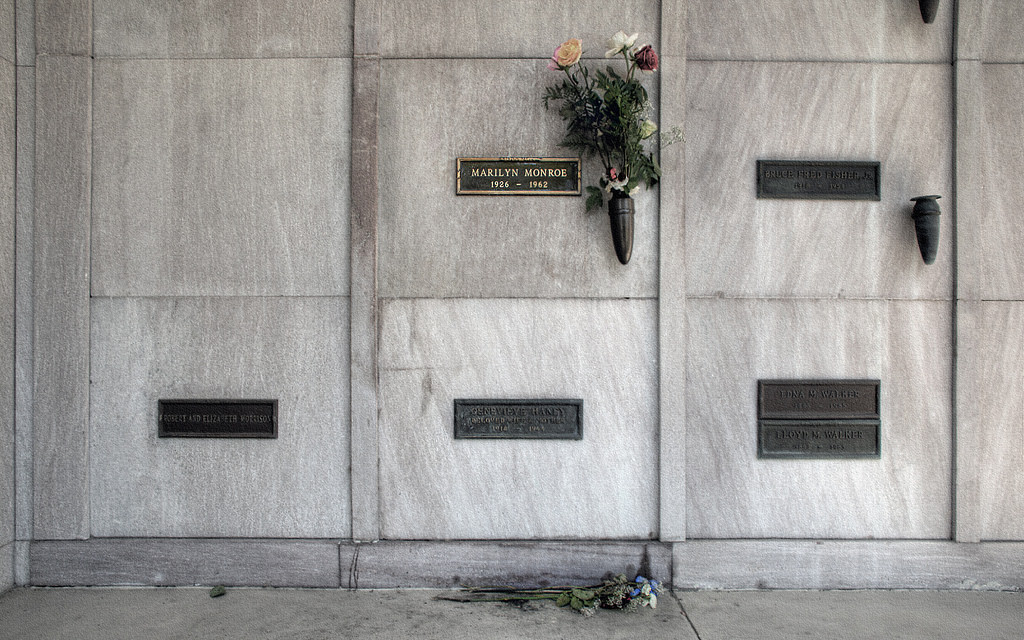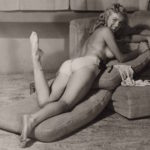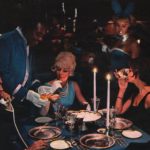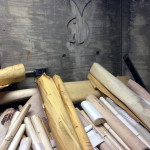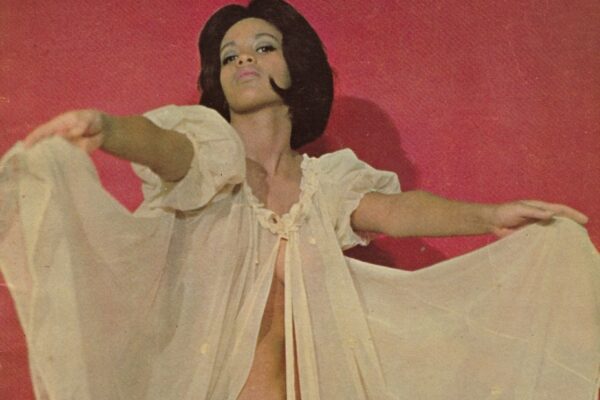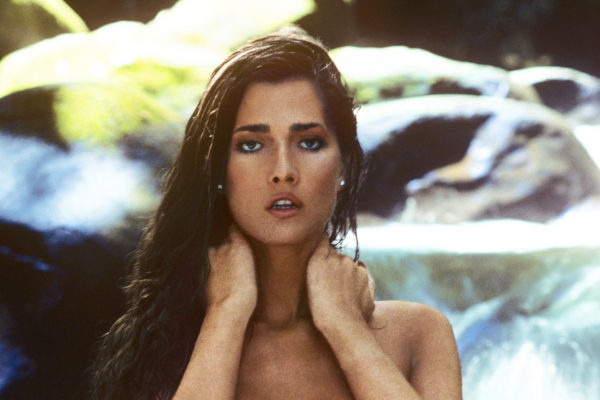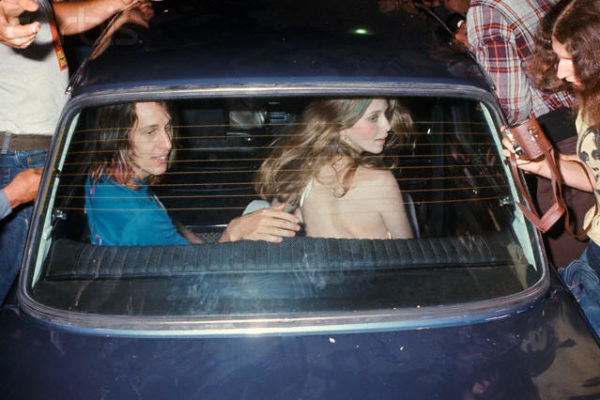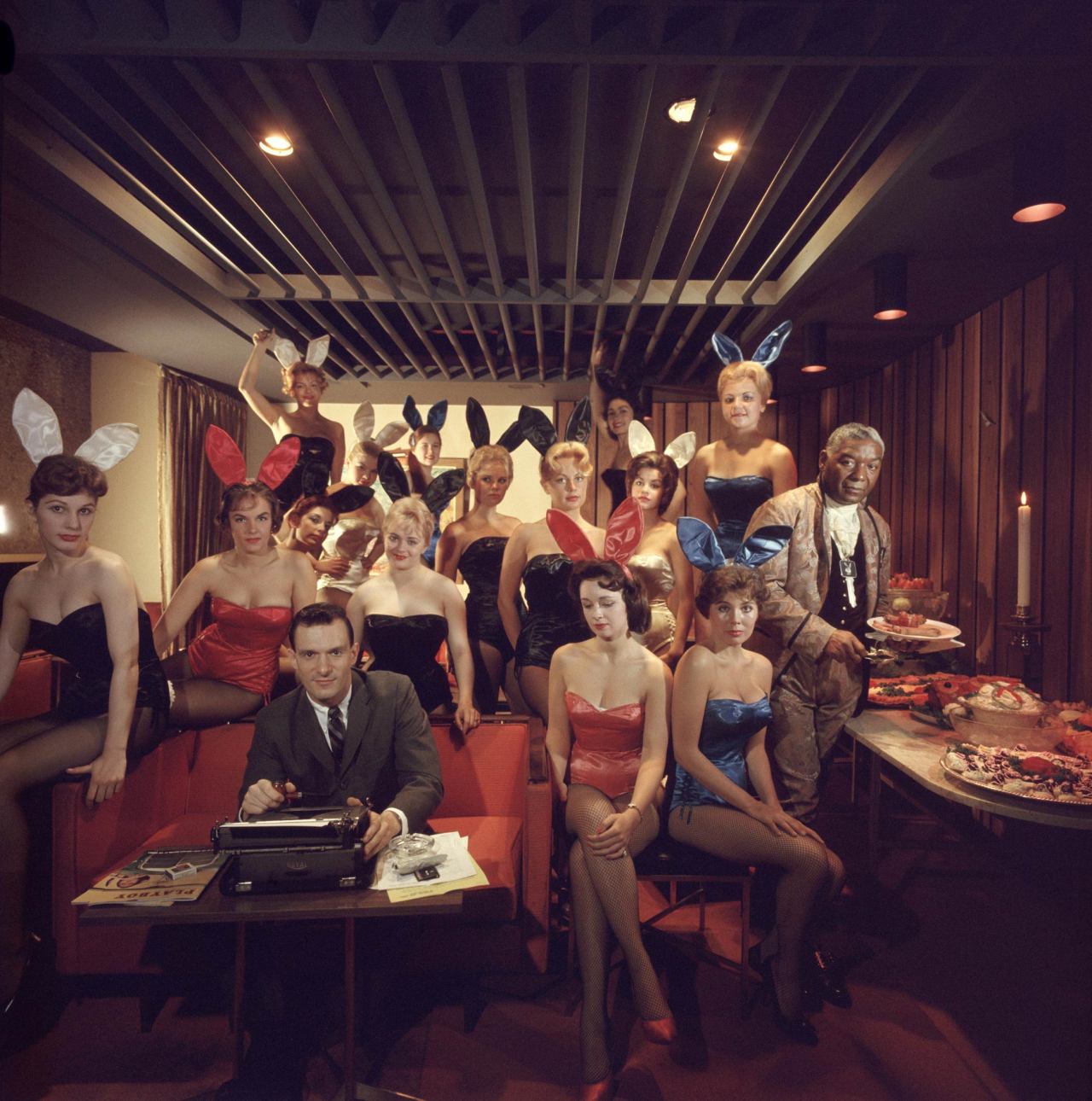
© Playboy Foundation
I never thought I’d say this, but I think Hugh Hefner and I might have shared a lot of common interests– yes the same Hugh Hefner that plastered naked women across its semi-gloss pages and the very one that’s often credited with laying the foundation for mainstream porn culture. When news broke of his death at the age of 91, I found myself reading his entire biography through various sources and stories around the internet. And it struck me, that besides his fondness for scantily-clad women, Hugh Hefner was a guy who also liked history and heritage and subcultures and jazz. He was a dedicated writer and seemed to be a nostalgic soul– shy too, as far as I could tell from watching his early television shows of the 50s & 60s. He also played curator and unlikely early pioneer for all things groovy, righteous and in need of a little helping hand. So without further ado, here are some of the most interesting things I found about Mr. Hugh Hefner…
1. Hefner advocated for gay rights in the 1950s
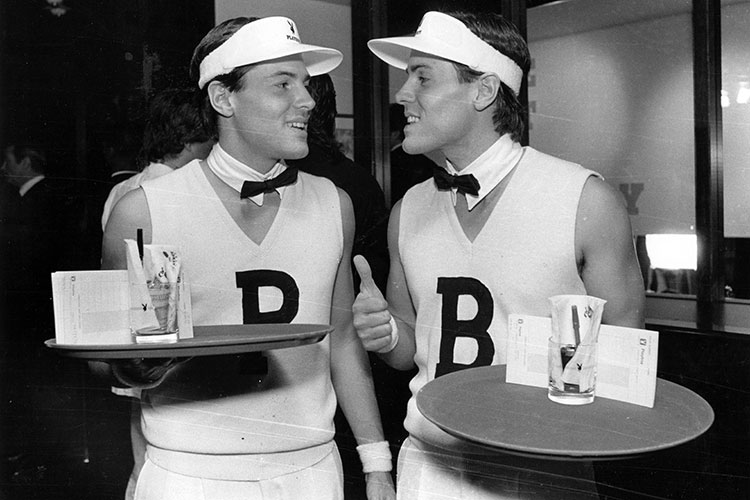
The last incarnation of the Chicago Playboy Club included “Rabbits,” male versions of the Bunnies.
After Esquire magazine rejected a story in 1955 about straight men being persecuted in a world where homosexuality was the norm, Hugh Hefner published it in Playboy. In response to angry letters, Hefner wrote: “If it was wrong to persecute heterosexuals in a homosexual society then the reverse was wrong, too.” Even as a student in college, for his graduate paper at Northwestern University, a submitted an essay titled “Sex Behavior and the U.S. Law” , where he concluded that almost every American would be in jail if all the laws against various sex acts were enforced.
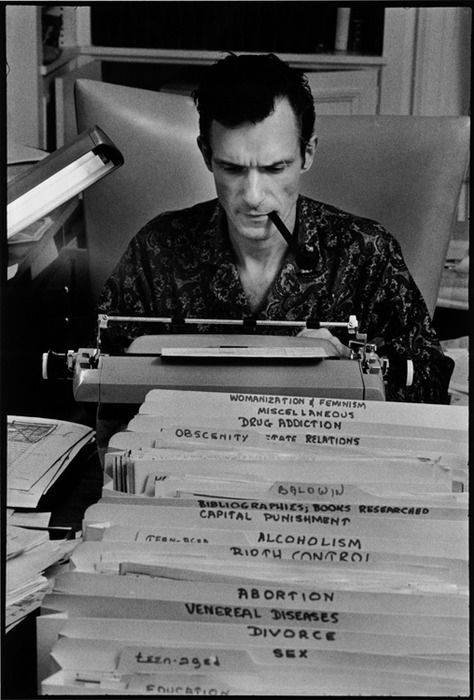
In the 1960s, Hugh Hefner wrote and published over a thousand pages of “The Playboy Philosophy” in his magazine in order to express all his views on social, cultural, political, legal, and sexual issues facing American society
Sidenote: in 1952 a young Hugh Hefner left Esquire magazine to start Playboy after being denied a $5 raise. Eleven months later, he published the first issue of Playboy, featuring Marilyn Monroe.
2. Hefner hold the Guinness World Record for the largest personal scrapbook collection
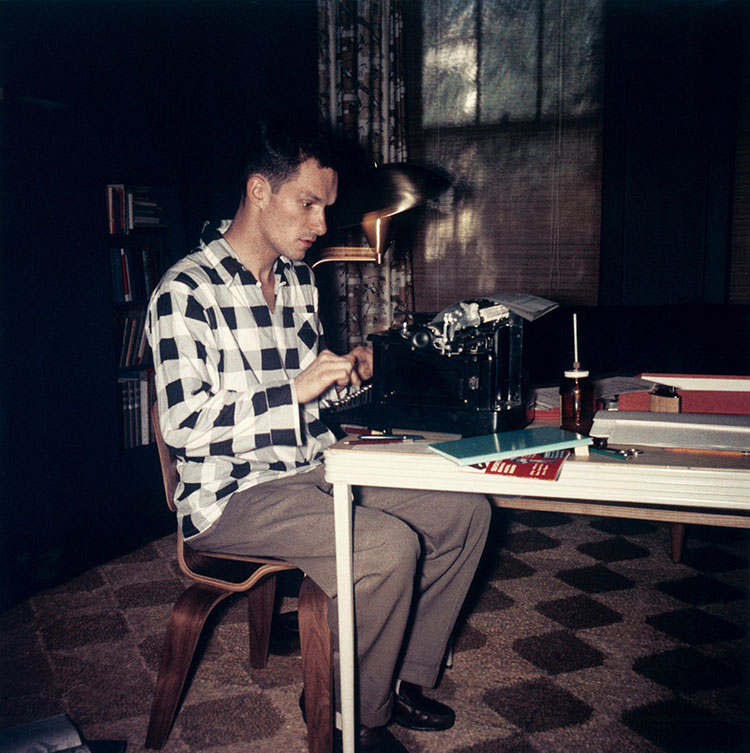
© Playboy Foundation
Hugh Hefner had been scrapbooking every saturday since high school, has 2685 books completely archiving his life (world record). He says scrapbooking helped him reinvent his life to be more interesting.
Fun fact: Hugh Hefner also holds the Guinness World Record for the longest-serving editor-in-chief of a magazine (going on 60 years).
3. Hugh Hefner had roses delivered to Marilyn Monroe’s grave every day.
He will be buried in the burial plot next to hers, which he bought for $75,000 in 1992. They never met.
4. All it took was the purchase of a Marilyn Monroe photo from a suburban calendar company for $500
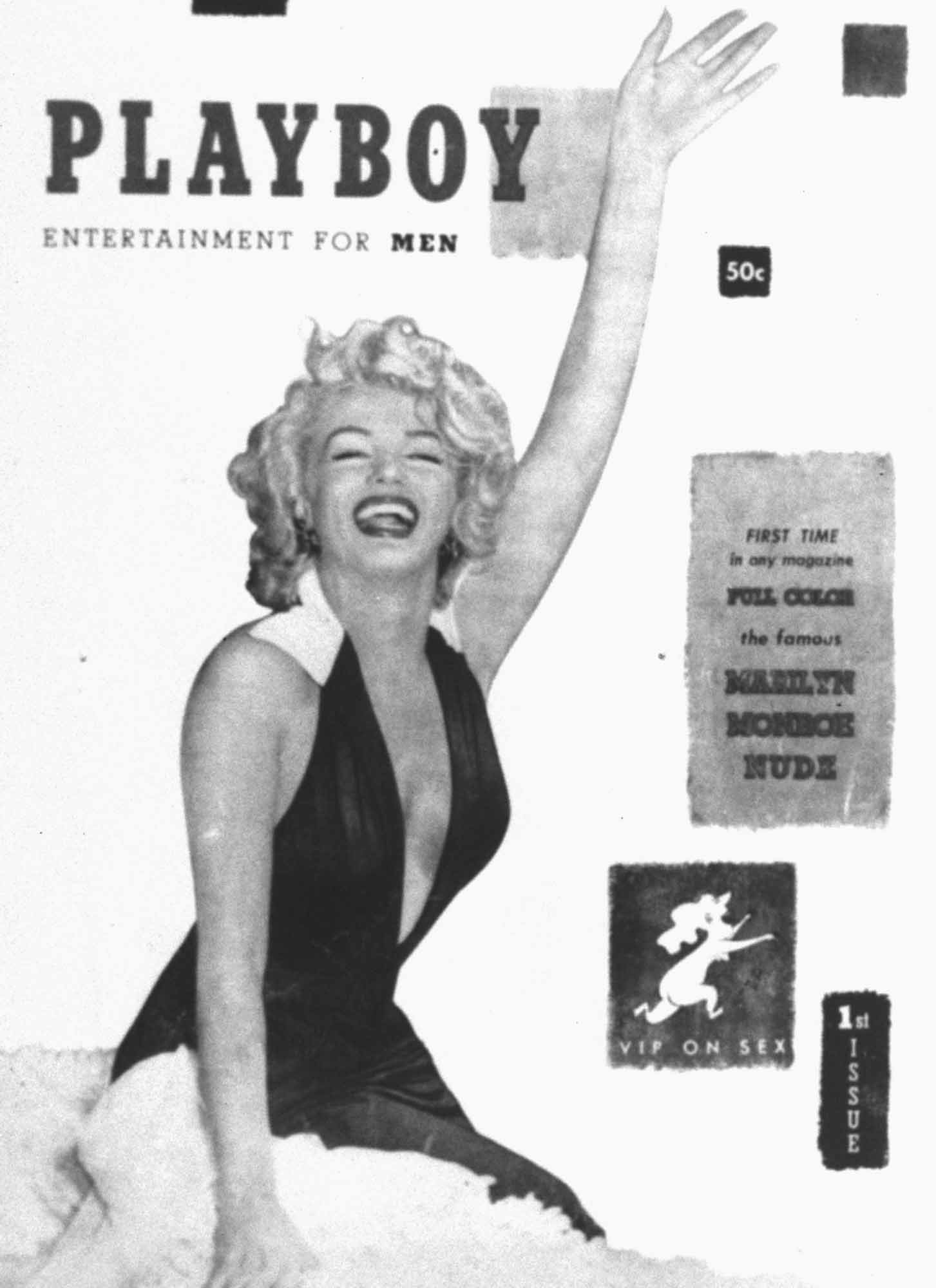
The first-ever copy of Playboy magazine featuring Marilyn Monroe’s nude photo was bought from a calendar company for $500. Hefner needed to complete his vision for a gentleman’s publication, which he hoped would have mass appeal — not just for its provocative photos, but also its witty, thought-provoking articles. It didn’t include a cover datesince Hefner was unsure when or if he would be able to produce another.
5. His mother helped start his “nudie” magazine
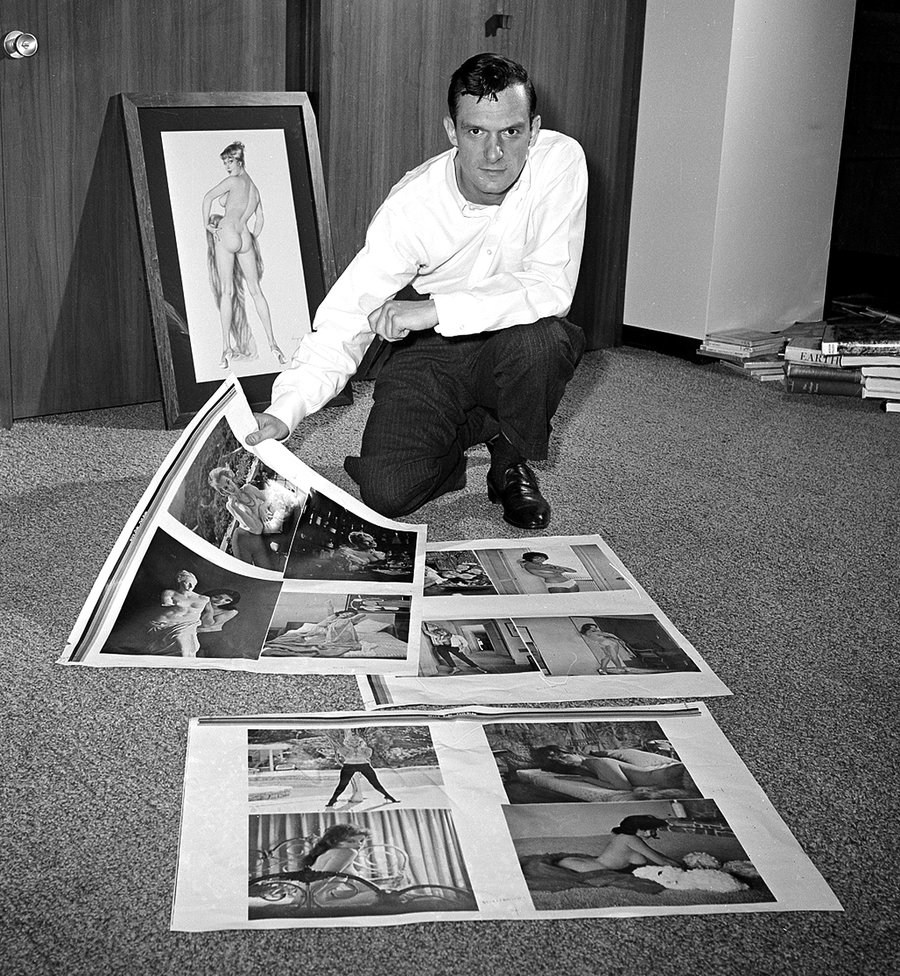
© Playboy Foundation
Hugh Hefner’s father, a public accountant, turned him down when he needed money to start Playboy as he did not think the magazine was a good business investment. However, as he was about to leave, his mother took him aside and gave him a $1000 cheque from her savings to help his venture.
6. He refused to feature Miss America in Playboy magazine
7. Initial Funding For the First Rape Kit Came from Hugh Hefner
In the beginning, the standardized tool to gather forensic evidence after sexual assaults, was a cardboard box that held instructions and items like swabs, slides and a small comb was known as the “Vitullo Evidence Collection Kit.” Martha Goddard was a survivor of sexual assault who took up the charge to lobby hard to get it into circulation. To get the kit off the ground, Goddard needed funds. Yet while the late ‘7os marked the height of the women’s liberation movement, the philanthropic power, the money, was still largely held by men. Men, she says, who didn’t “get it”. A friend of Goddard’s worked for the foundation at the time, and so despite her own reservations about the magazine objectifying women, despite the inevitable blowback from the women’s liberation movement, she accepted $10,000 in funding – a huge amount in those days – to produce the first kits. Members of the Retired and Senior Volunteer Program even joined her staff at the Playboy Foundation to pack them for distribution across the state of Illinois. From there they went national, then global.
8. He wants the Playboy Mansion to become like Elvis’ Graceland
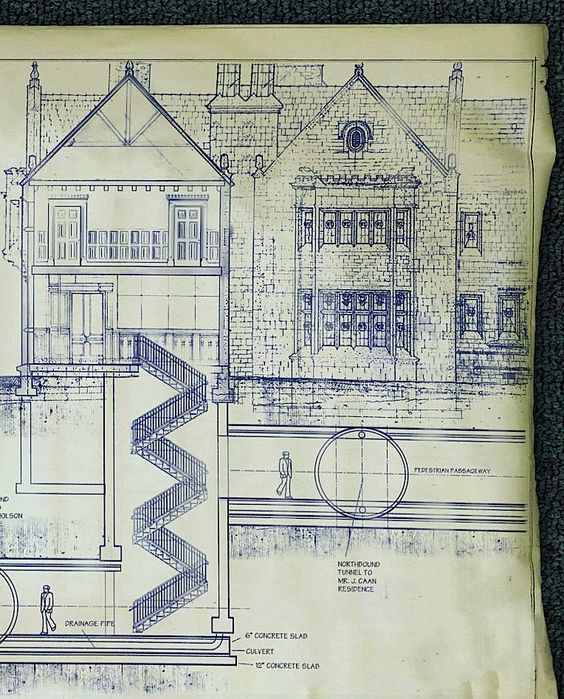
Hef said in interviews that he would like the Playboy Mansion to be purchased by the Playboy Foundation and used as a Graceland-type attraction after his death. Hugh Hefner didn’t actually own the Playboy Mansion, Playboy did. Hefner used to pay an annual fee to cover rent and other expenses like food and parties, as well as the room and board for his many live in girlfriends.
You might also be interested in the secret Playboy mansion tunnels that led to the Hollywood homes of celebrity casanovas.
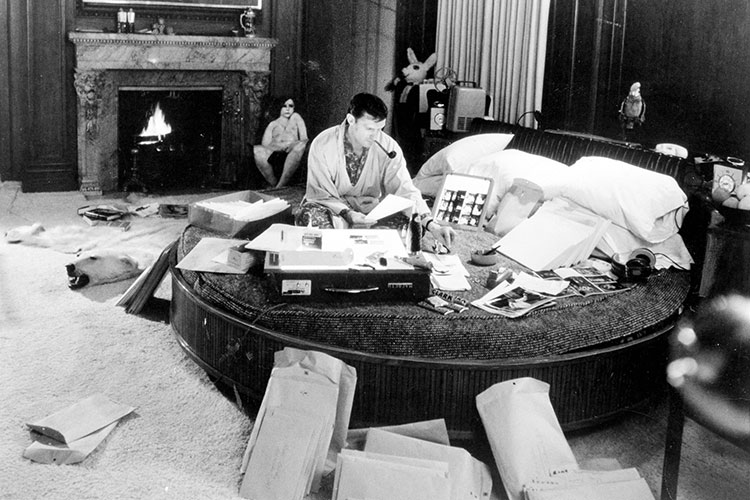
© Playboy Foundation
Hefner’s original Playboy mansion became a student dormitory in the 1970s when he no longer needed the building after his move to Los Angeles. He had once taken a figure drawing class at the Art Institute of Chicago, and decided to lease it to the school for $10 a year. They renamed is Hefner Hall and it served as a student dormitory until 1990. It was later sold by the school to a real-estate firm that converted it into apartments.
9. Hefner saved the iconic ‘HOLLYWOOD’ sign, Twice.
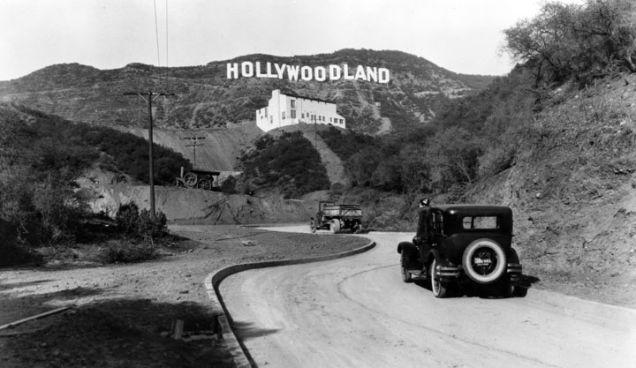
The Hollywood sign (which originally spelled out “Hollywoodland” when it was built in 1923) has long been a symbol of Hollywood dreams, but in the 1970s, it was in rough shape after years of neglect, needing a quarter of a million dollars to restore it. By that time, Hugh Hefner was already a household name and one of LA’s most famous residents, so he threw a lavish fund-raiser, auctioning off letters from the old sign for $27,000 each to celebrities like Alice Cooper, raising enough to restore the sign with new letters. It’s said Hugh donated the “Y” and Alice Cooper donated the 3rd “O”.
In 2010, developers set their sights on the 138 acres around the sign and wanted to build luxury properties on Mount Lee. They gave the trust an ultimatum of sorts: pay $12.5 million now, and the acres are yours. As the deadline approached, it was able to raise nearly all the cash, but ended up short about $1 million with just over a week to raise the rest. In came Hugh Hefner, who donated the final $900,000 needed.
10. Hefner was a champion of Black Music
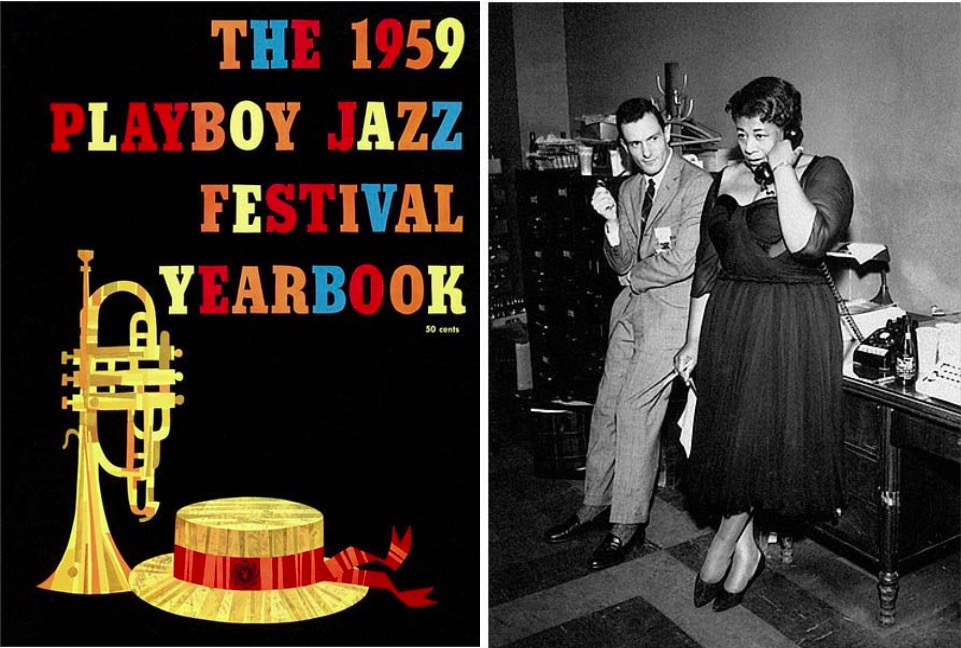
First of all, he was a huge jazz buff. On his first reality television show “Playboy’s Penthouse,” in 1959, special guests included Ella Fitzgerald, Sammy Davis Jr., and Nat King Cole. That same year, Playboy launched its own jazz festival which benefited the Chicago Urban League for African Americans. Performers included Miles Davis, who was in fact Playboy magazine’s interview in 1962. On Playboy After Dark, another television show similar to his earlier Playboy’s Penthouse, you can watch singers James Brown performing his black-power anthem ““Say It Loud—I’m Black and I’m Proud”, as well as Ike & Tina Turner and Marvin Gaye. Before going on stage, Hefner asked James Brown to explain the importance of “black capitalism” to the audience at home.
Rest in peace ol’ Hef.
Let’s hope he’s enjoying himself up there in his Playboy Penthouse, scrapbooking, listening to jazz and of course, hanging out with a a bevy of bunnies…


